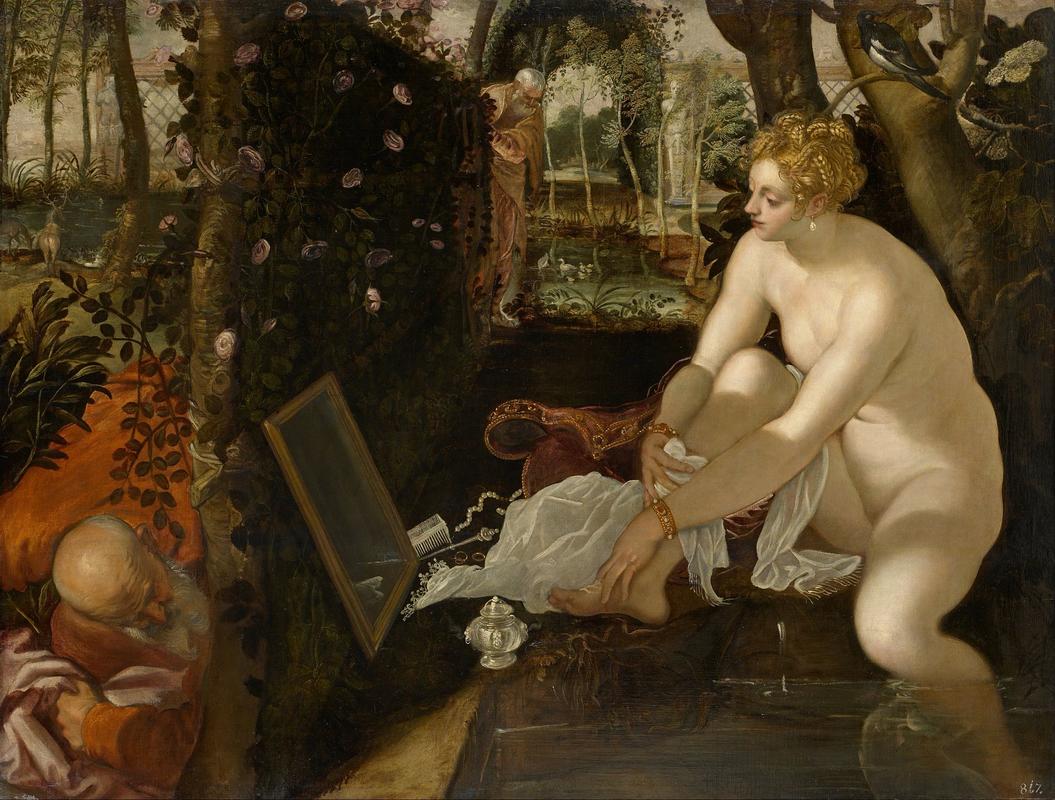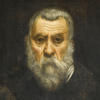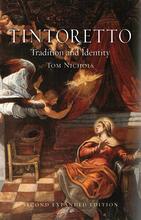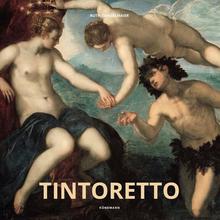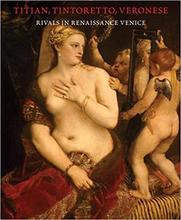More about Susanna and the Elders
- All
- Info
- Shop

Contributor
Tintoretto's Susanna and the Elders, according to Caravaggio subject Jerome who translated the Hebrew Torah into the influential Latin Vulgate, is the result of cultural appropriation.
Greeks incorporated Israelite characters, particularly the prophet Daniel, into new, innovative, stories, ascribing to them a Hebrew origin and adding cute Greek puns. Another church authority, Origen, claimed that this apocryphal tale was once genuinely Hebrew, and the original writings were lost in their translation into Greek. The debate continues, but there's no evidence of Hebrew origin. Susanna's name, שׁוֹשַׁנָּה, is also Shoshana, the female version of my own name, from Shir HaShirim, the Song of Songs, which, unlike Susanna, does appear in the Hebrew writings.
Origen was probably wrong, partly because the story begins with two malicious, lecherous, slandering judges, and the judges were particularly revered by the ancient Hebrews. But, the story is a relevant illustration of the way Hebrew culture translates, or doesn't translate, into Greek and English. The young Susanna is spied on by two men while bathing. After she catches them, they slanderously allege that she was in the midst of committing adultery, which would require her to endure the trial of the sotah, or bitter water, in which the leaders erase the letters of the Holy Name from scripture, mix them with the dust from the temple courtyard, and compel her to drink the mixture in order to prove her innocence. As Athalya Brenner-Idan put it, "Male wisdom is required to harness the chaotic power of women's sexuality," specifically for fear of the possibility that women will have children with several different men, who will grow up unaware of their relation to one another and marry each other. As Ishay Rosen-Zvi of the Jewish Women's Archive wrote, "Although the Sotah trial was probably discontinued (if it was ever indeed practiced) during the Second Temple era...With the growth of awareness of gender issues, the question of the representation of femininity and the tractate’s attitude to it has arisen in all its acuteness."
The Greek story has a slyly naughty tone: in the days before trillions of images of porn were available at your fingertips, the imagination was a much more essential part of people's sexual fantasies, and for those who restricted their lives to reading church texts, a little sexual interlude is a great way to blow off some steam. Artemisia Gentileschi and Rembrandt also painted versions of this story. As one scholar writes, "The image of Susanna bathing was meant to capture the (male) reader’s prurient interest without painting Susanna as blameworthy for igniting their interests."
Tintoretto reversed the typical Northern European manner of portraying Susanna as a pious woman, totally unaware of the men plotting against her, and gazing heavenward. Here, Susanna is really feelin' herself, just like a Venus of Titian. Karen D. Blanchard and Jane S. Webster, in "Lady Parts: Biblical Women and the Vagina Monologues," discuss Guido Reni's version before writing that: "Tintoretto is even worse; he has vain Susanna admiring us in a mirror like someone at a get-to-know-your-vagina workshop." Touché.
Tintoretto's depiction of the men is influenced by the comic figure of the lecherous elderly man, the 'vecchi rimbambiti,' which was popular in comedies of his time, one of which was dedicated to the artist.
In the Ethiopian Jewish version of this story, Susanna is like Judith, unwilling to remarry after becoming a widow, and she receives a double reward for her refusal: becoming a queen on earth and securing a firm reservation in the World to Come, which is, I hear, even harder to get into than Harvard.
Sources
- Blanchard, Kathryn D., and Jane S. Webster. Lady Parts: Biblical Women and The Vagina Monologues. Eugene, OR: Wipf & Stock, 2012.
- Brenner-Idan, Athalya. Feminist Companion to Esther, Judith and Susanna. Sheffield, UK: Sheffield Academic Press, 1995.
- Cunningham, Lawrence S., John J. Reich, and Lois Fichner-Rathus. Culture and Values: A Survey of the Western Humanities, Volume 2. Stamford, CT: Cengage, 2014.
- Gallagher, Edmon L. Hebrew Scripture in Patristic Biblical Theory: Canon, Language, Text. Leiden: Brill, 2012.
- Nichols, Tom. Tintoretto: Tradition and Identity. London: Reaktion, 1999.
- Simkovich, Malka Zeiger. "The Tale of Susanna: A Story about Daniel." TheTorah.com, https://www.thetorah.com/article/the-tale-of-susanna-a-story-about-dani….
- Starke, Mariana. Information and Directions for Travellers on the Continent. Paris: A. and W. Galignani, 1826.
Featured Content
Here is what Wikipedia says about Susanna and the Elders (Tintoretto)
Susanna and the Elders is a painting by the Venetian painter Tintoretto (Jacopo Robusti, 1518–1594). Robusti, also known as Tintoretto or Il Furioso, for the energy and "fury" with which he painted, depicted both sacred and profane subjects in a period sometimes known as the Venetian “golden century”.
Susanna and the Elders (c. 1555–56) depicts a scene from the biblical episode of Susanna, from the Book of Daniel.
Check out the full Wikipedia article about Susanna and the Elders (Tintoretto)

